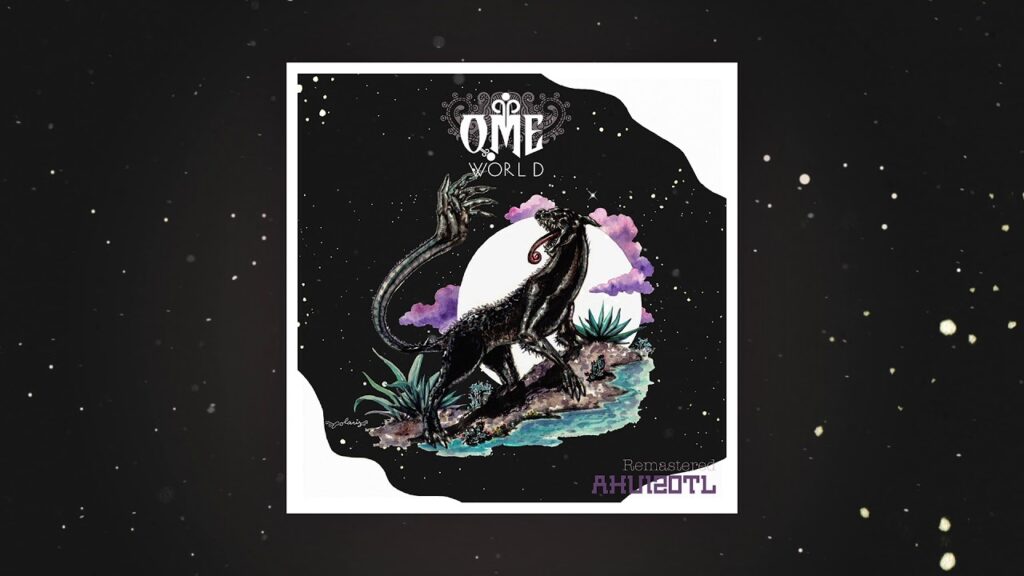Ahuitzotl: The Forgotten Creature of Mexican Lore
Understanding the Ahuízotl: Myth or Reality?
The Ahuízotl is a creature steeped in the rich tapestry of Mexican mythology, having threaded its way through the narratives passed down by the Aztecs. Described as a fearsome beast with the hands of a human and the body of a dog, this creature has said to have lurked in the waterways, preying on unsuspecting souls. But how much of this legend can be traced back to actual sightings, and how much is an elaborate allegory embedded in Aztec culture?
Notably, the Ahuízotl was more than just a menacing monster in these myths; it was also believed to be a guardian of the waters, serving the rain god Tlaloc. This duality of being both a protector and a predator adds a layer of complexity to our understanding of the Ahuízotl. Was the depiction of the Ahuízotl as a terror simply a way to instill respect and fear for the power of nature among the Aztecs?
Scrutinizing historical accounts and archeological findings, there is a continuous debate whether the Ahuízotl was based on a real animal that the Aztecs might have encountered. Some theories suggest it could have been inspired by actual creatures, such as an otter or a small dog, which were then magnified in characteristics through the art of storytelling. These real animals’ traits could have been conflated with the supernatural to explain unanticipated natural events or disasters.
Today, the Ahuízotl fascinates cryptozoologists and enthusiasts of folklore, who delve into the jungles and historical texts searching for evidence. Whether a relic of the past or a living mystery continues to ripple beneath the surface of Mexico’s waters, the Ahuízotl remains a captivating subject of the interplay between myth and conceivable reality.
Legends of the Ahuízotl: Drowning the Innocent
In the deep, mystical waters of ancient Mexico, a creature known as the Ahuízotl lurks, shrouded in the legends and fears of the Aztec people. This mythical beast, described in historical codices as a dog-like figure with monkey hands and a tail ending in a clawed hand, is said to have patrolled the lakes and rivers, seeking out its next unsuspecting victim.
The Ahuízotl was feared for its said ability to mimic human sounds, especially that of a child in peril. The legends tell of how the cries of a supposedly drowning child would lure kind-hearted individuals to the water’s edge. Compassion, while a noble trait, turned into a deadly trap, as the Ahuízotl awaited to drag the innocent souls into the watery depths with its powerful clawed tail.
Villagers living near bodies of water would recount tales of how the Ahuízotl would target the unwary, particularly the good Samaritans who could not ignore a cry for help. They spoke of how the calm surface of a lake or river could become a chilling site of death, as the creature never left a trace, save for the waterlogged bodies it occasionally left behind as a grim display of its prowess.
Despite being a creature of nightmare and sorrow, the Ahuízotl held a significant place in Aztec culture. Sacrificed individuals were occasionally identified as «offerings» to this murky being, a poignant testament to the profound impact this legendary creature had on the lives and beliefs of those who dwelled in its shadow. The fear it instilled was a poignant reminder of the respect and caution the Aztecs held for the forces of nature and the mysterious creatures inhabiting their land.
The Impact of Ahuízotl Myth on Ancient Mexican Societies
The Ahuízotl, a legendary creature in Aztec mythology, held a significant place in the lore of ancient Mesoamerican cultures. Shrouded in myth, this creature was said to dwell in the waterways, using its hand-like tail to snatch unwary victims. Its influence permeated various aspects of Aztec society, instilling both awe and fear in the hearts of those who believed in its existence.
The myth of the Ahuízotl had a profound effect on the daily lives of Aztec people, serving as a cautionary tale that discouraged them from venturing into dangerous waters. As a potent symbol of the unforgiving aspects of nature, the Ahuízotl was often invoked in stories told to children, illustrating the consequences of disobedience and straying from the community’s protective boundaries.
Religious ceremonies and rituals were also deeply embedded with the Ahuízotl mythology. Said to be a harbinger of the Aztec god Tlaloc, the deity of rain, fertility, and water, the Ahuízotl was often depicted in religious iconography. Priests and shamans would reference the Ahuízotl to emphasize the potency of water deities and the respect that must be accorded to these forces of nature, which were capable of providing life as much as laying it to waste.
Ancient texts and archaeological finds provide evidence of the Ahuízotl’s role in the cosmology of the Aztecs. Artifacts such as pottery, murals, and sculptures bear the creature’s likeness, indicating its pervasive cultural significance. Through these mediums, the Ahuízotl myth not only served to convey moral lessons but also played a part in shaping the artistic and symbolic expressions of the time.



